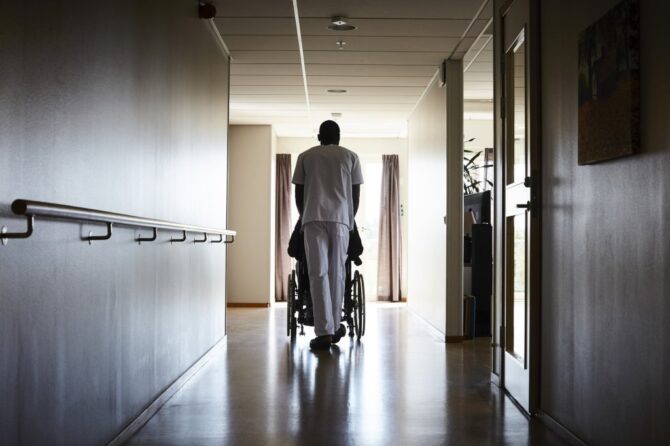MARYLAND MATTERS: By Anna C. Palmisano
The writer is director of Marylanders for Patient Rights.
In 2022, Maryland was determined to have the longest Emergency Room wait time in all 50 states. Maryland has sustained this low ranking since 2015 — years before the COVID pandemic began.
According to recent data from the Centers for Medicare and Medicaid Services (CMS), Maryland patients spend an average (median) time of 228 minutes waiting in the ER. In fact, we are the only state with an average wait time greater than 200 minutes. Responding to the low ranking, Bob Atlas, president and CEO of the Maryland Hospital Association, was quoted in an interview last February with WMAR as saying “It’s concerning and frankly it’s been going on a while.”
Longer wait times are more than an inconvenience for emergency room patients. According to a 2011 article by the British Medical Journal, longer wait times can lead to greater risk to patients and poorer health outcomes. Researchers estimated that reducing wait times by even an hour would have decreased deaths in lower risk patients by 12.7%. Long emergency wait times were linked to increased risk of adverse events (hospitalization or death within seven days) among non-admitted patients.
Excessive wait times can act as a barrier to access to health care, as frustrated patients leave ERs without getting the help they need. ER staff who have worked long hours under stressful conditions all too often bear the brunt of frustration from angry patients, tired of lengthy waits and uncertainty about timely care.
Going to the ER in Maryland has become an endurance contest, with some patients reporting wait times of over 24 hours. It is time to stop shrugging our collective shoulders and ask: How can we reduce ER wait time? Let’s try to figure out how we can improve our ERs to help distressed ER patients as well as beleaguered ER medical staff.
What can we learn from other states with shorter ER wait times?
Not surprisingly, the shortest wait times reported by CMS were associated with rural states such as North Dakota. However, states with population sizes comparable to Maryland such as Ohio, Indiana, and Missouri all had significantly shorter wait times.
A study is needed to examine best practices in ERs in states that: 1) are similar in population size to Maryland; 2) have at least one city of approximately 500,000 residents; and 3) rank in the top 50% of states or higher in shortest ER wait time. Parameters that could be examined include ER staffing, patient to caregiver ratios, triage practices, and bed availability.
To conduct the study, a task force should be empaneled by the Maryland General Assembly which would include state legislators, patient advocates and experts in emergency medicine. The results of the study would be recommendations for improvements to ER practices in Maryland to help reduce current wait times.
Patients who come to ER are often in desperate need of immediate help, sometimes with life threatening conditions. With an average wait time of almost four hours, patients may leave without treatment, leading to potentially adverse consequences and negative health outcomes. We need to reduce the risk to vulnerable patients and help the overburdened ER staff.
Maryland patients and ER staff deserve better.
Photo: Doctors at a hospital emergency room. Getty Images photo.









